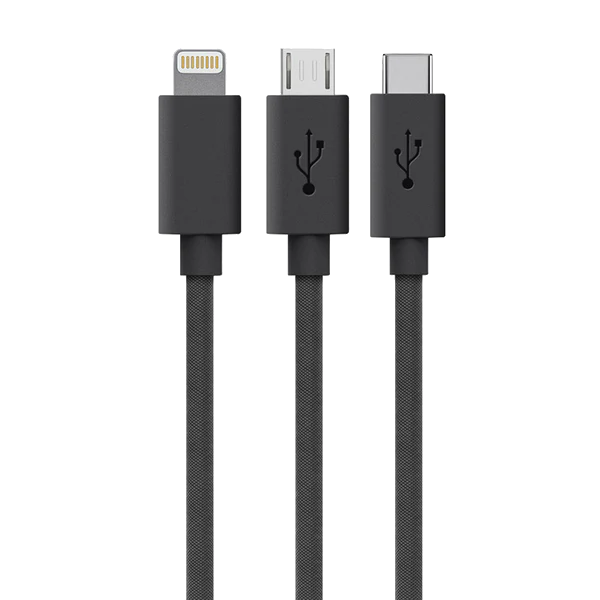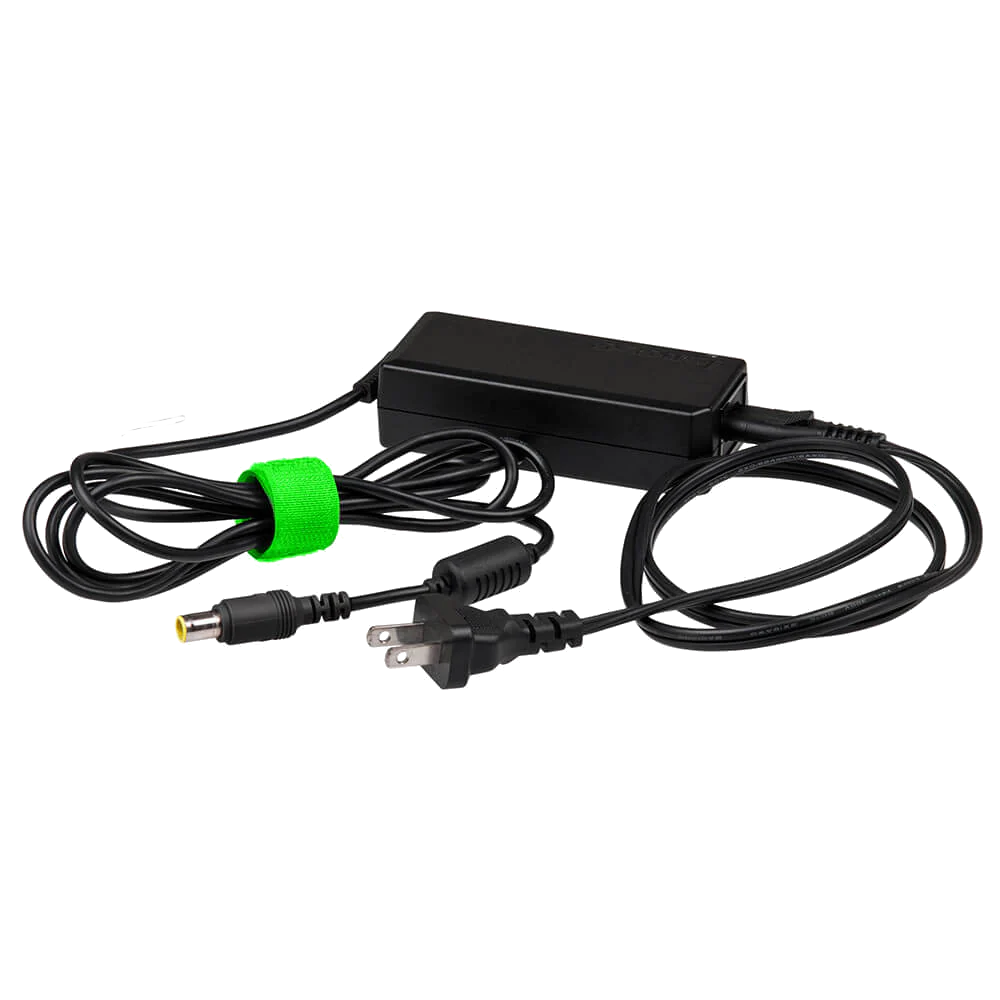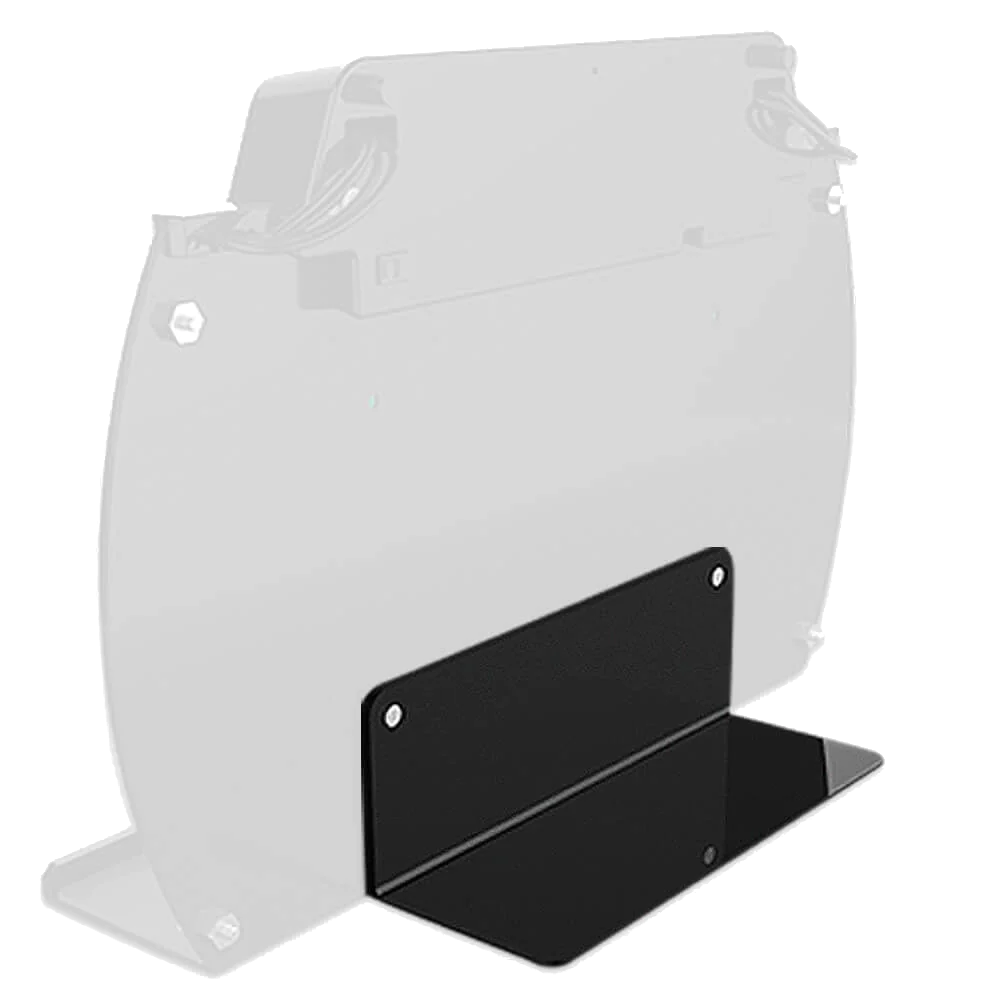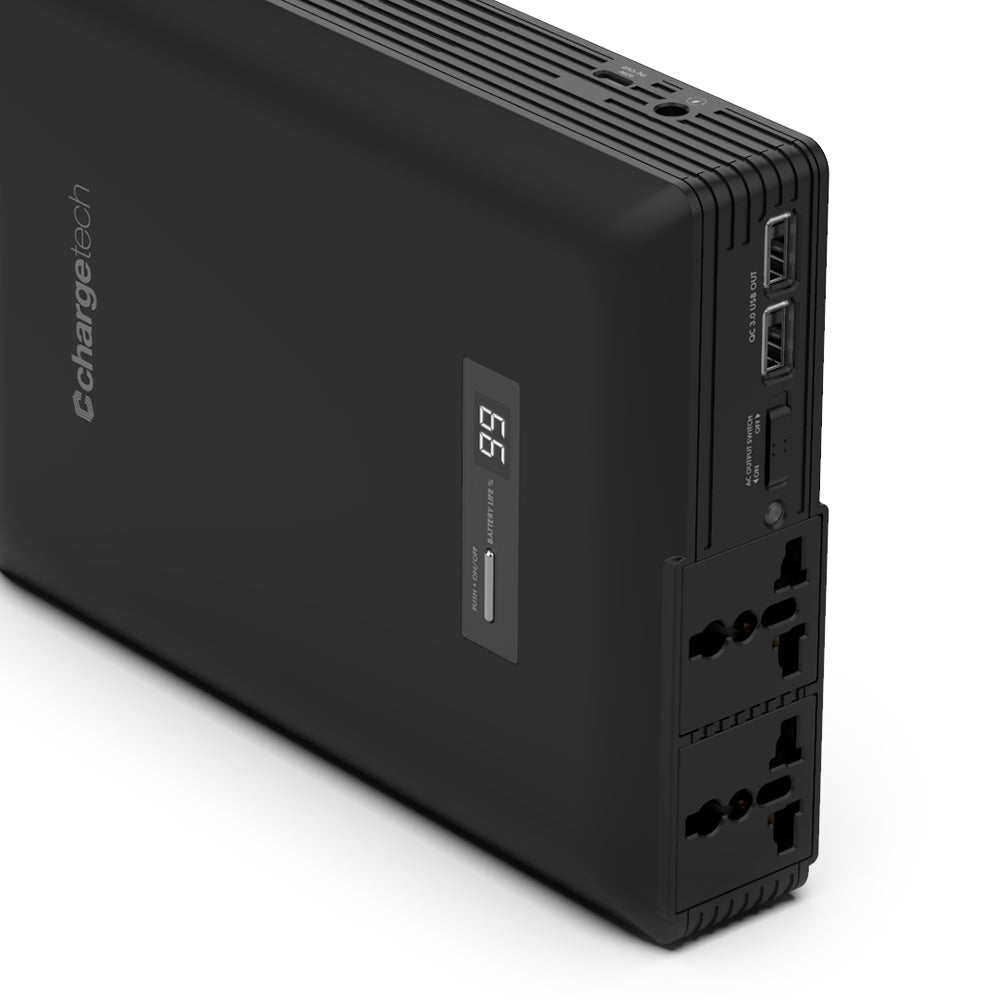On September 23rd this year, California Governor Gavin Newsom signed legislation that requires every school district in California to come up with a policy to limit smartphone use in schools by July 1, 2026. This comes five years after he signed a law in 2019 granting school districts the authority to restrict smartphone use in schools, and this new law places a timeline for each school district, charter school, and county office of education to propose and instill restriction policies in their own area of jurisdiction.
The Governor cites mental health issues and distractions being the main driver for this law. Newsom says:
“We know that excessive smartphone use increases anxiety, depression, and other mental health issues – but we have the power to intervene. This new law will help students focus on academics, social development, and the world in front of them, not their screens, when they’re in school.”
While students may not be thrilled with the new law, we at Chargetech believe this will be a great step forward in strengthening the education of our kids. Teachers can focus on teaching without phone distractions, students will be able to focus better, and collaboration and interpersonal skills will improve. California is one of the first states to pass a law like this, and it’s likely that many other states will follow suit in the near future.
How can Chargetech help?
Chargetech makes secure phone charging lockers and has already sold lockers to schools across the country that are trying to get ahead of the issue, including San Francisco Unified School District. Students can set a unique PIN code only they know, keep their phone charged (using Type C or Apple Lightning charging cables) in a locker slot for the day, and take it out when the day is over or after class.
Our charging lockers can be placed in hallways, classrooms, front offices, or even outside. They hook up to any electrical outlet. They come in multiple size configurations, including 6, 8, 30 and 32-bay locker sizes, with the option to add a fingerprint reader for more enhanced security. Phone theft is another problem in schools, and secure charging lockers solve that problem as well.

What does a policy look like?
Schools will need to come up with a policy by July 1, 2026 to restrict smartphone use in schools. Installing charging lockers is one method that should be considered in every policy. Here’s a sample policy we came up with for any school district that can be adjusted as needed:
- Each school must have a 1-1 ratio of locker bays per student. So, a school with 300 students must have at least ten 30-bay charging lockers on campus.
- Lockers must either be placed in each classroom. We recommend each classroom have a locker in accordance with each teacher’s homeroom policy.
- Lockers should be easily accessible to students such that no one is waiting long to open a locker bay. To meet this requirement, we recommend look at purchasing multiple smaller lockers (6 or 8-bay lockers) so students can access their locker bay without waiting a long time. One 30-bay locker can only handle one student at a time, so breaking it up into smaller units may be better for daily use purposes.
- Students should have their own designated locker bays with clear labels on them. This can be in the form of stickers or any other label. We recommend having stickers and letting students write their names on labels to add a little personalization to the lockers. A 6-bay locker would have 6 student labels, and students will put their phones in the same designated locker bay every day.
- Students must place their phones in charging lockers in their homeroom before opening bell or before the first class begins.
- Teachers must allow students to use their phones in case of emergency or in response to a perceived threat of danger in accordance with California law.
- Students must not take their phones out until the end of the day unless otherwise used for an emergency in step 6 above.
- Phones must be placed on silent mode before placing them in a locker. Any message, phone call, or app notification may be heard through the lockers and can disrupt the class.
- Schools have the option to choose between PIN code access or fingerprint access. Students will need set their fingerprint or PIN code each time they use the locker. We do not store data or biometrics.
- Teachers must enforce all rules and operate on a 3-strike warning system for students if they do not comply with the rules. Two warning strikes if a student is caught with a phone in class; detention or other punishment for the third strike.
School districts can adjust, amend, and add rules to this sample policy as needed. Chargetech can provide IT support on-site or remote.

If you are interested in purchasing a charging locker, please view our products or give us a call at 949-734-4377.




